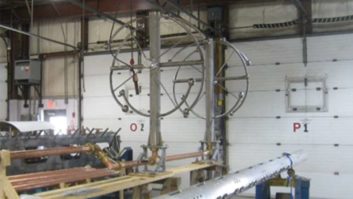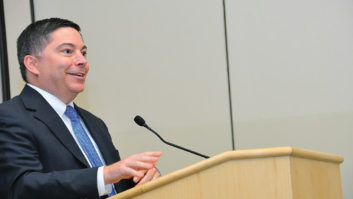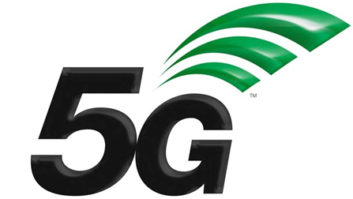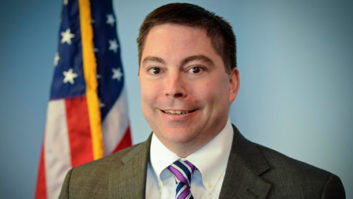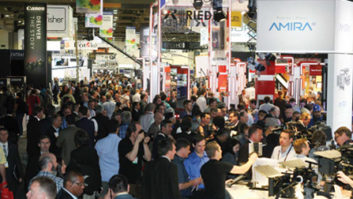Market sizes under new rules
Feb 1, 2005 12:00 PM, By Harry Martin
The new Arbitron method of determining market size has been in effect since Oct. 8, 2004, when the FCC lifted a freeze on the filing of assignments and other applications with multiple ownership implications. The new market definition is used to determine the total number of radio stations existing in the market and, depending on the market size, the number of radio stations an entity may own in a market. Interim rules for counting stations in non-Arbitron markets, and another rule that provides for counting noncommercial radio stations in determining market size, now are also in effect. Importantly, the number of stations an entity may own in a market has not changed. The new rules only establish new methods of calculating the number of stations in the market that may be owned by a given applicant.
Changing Methodology
The contour-overlap method defined the market as all of the stations whose predicted city-grade contours overlapped with those of the stations owned or to be acquired by the entity under study. The new Arbitron counting method uses Arbitron’s metro survey areas, where they exist, for determining compliance. Arbitron has defined metro markets in the more populated areas of the country, and with few exceptions the stations included in those markets remain stable from year to year.
However, the new market definition does not rely solely on determinations by Arbitron. Arbitron merely defines the market. To calculate the number of stations in any Arbitron metro, use the Media Access Pro database maintained by BIA, a broadcast consulting service. The BIA database includes more detail about markets than Arbitron does. For example, Arbitron includes only commercial stations that meet certain minimum reporting standards. BIA attempts to include every commercial and noncommercial station licensed in an Arbitron metro, as well as some stations licensed to communities outside the metro market, including Mexican or Canadian stations. This is consistent with FCC-mandated methodology, which requires inclusion of all commercial, noncommercial and foreign stations that are designated by BIA as �home� to the Arbitron metro; and any other licensed commercial and noncommercial stations whose communities of license are located within the boundaries of the metro.
Non-Metro Markets
For the 40 percent of U.S. commercial stations that are not included in Arbitron metro markets, the FCC has adopted a revised interim contour-overlap method to determine market size and resulting ownership limits. This method is similar to the prior contour-overlap method, except the FCC now excludes from the total number of existing stations in the market those stations owned by the entity being analyzed but which do not have contours overlapping the �common overlap area� and, thus, are not counted as owned by the entity. The commission also excludes from the market count any stations whose transmitter sites are more than 58 miles from the edge of the common overlap area. The FCC will not accept the use of alternative signal contour prediction methodology (i.e., Longley-Rice) for demonstrating compliance with the interim overlap rules.
Hybrid Markets
When any station that is shown by BIA as home to an Arbitron metro has a community of license located outside the boundaries of that metro, it must demonstrate that the stations owned by the entity being analyzed comply with the FCC’s multiple ownership rules in the home Arbitron metro and the Arbitron metro in which the station’s community of license is located. Where the community of license is located outside a metro market, but the station is counted as home to an adjacent metro market, rule compliance in the community-of-license market must be determined by using the interim contour-overlap method.
Dateline:
Radio stations in the following states must meet these renewal application and related deadlines in the coming months:
Texas: Renewal applications, EEO program reports and biennial ownership reports must be filed on or before April 1. Post-filing renewal announcements must begin on April 1.
Arizona, Idaho, New Mexico, Nevada, Utah and Wyoming: Renewal pre-filing announcements must begin on April 1 and continue on April 16, May 1 and May 16. Renewal applications, EEO program reports and biennial ownership reports then must be filed on or before June 1.
Martin is president of the Federal Communications Bar Association and a member of Fletcher, Heald & Hildreth, Arlington, VA. E-mail[email protected].







